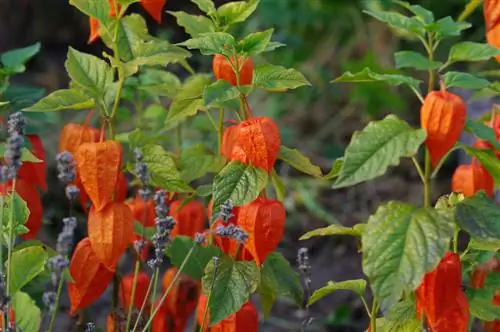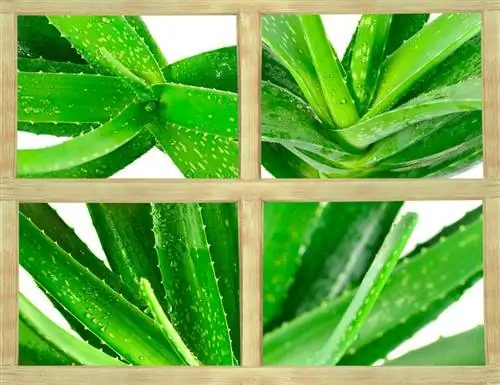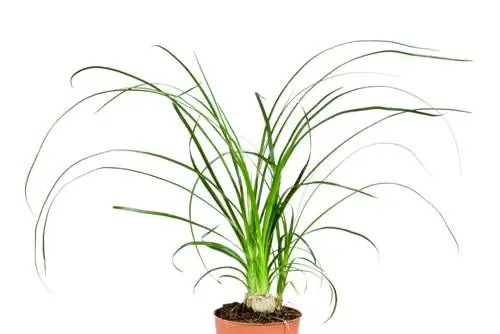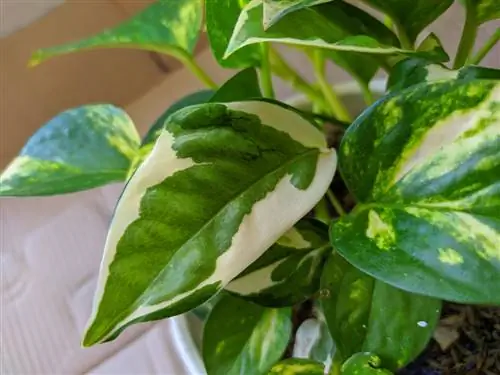- Author admin [email protected].
- Public 2023-12-16 16:46.
- Last modified 2025-01-23 11:22.
Since the tasty Physalis fruits have been available in many supermarkets, most people first think of Physalis peruviana when they hear the name. However, 'Physalis' is just the genus that includes various plants, two of which look particularly similar.
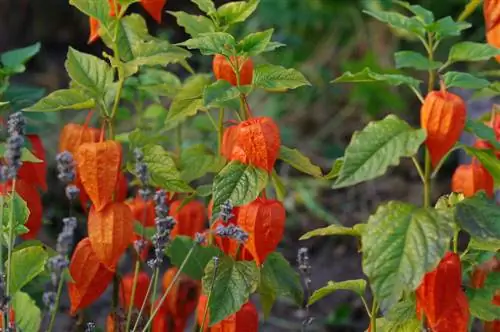
What other plant is similar to Physalis peruviana?
The Physalis peruviana is similar to another plant from the genus Physalis, the Physalis alkekengi, also known as the lantern flower. Both plants have similar leaves and flowers, but differ in the color of the lanterns and the edibility of the fruits.
Which plant is similar to Physalis peruviana?
The plant similar to Physalis peruviana isPhysalis alkekengi. As the botanical names suggest, both plants belong to the genus Physalis.
But: When we hear or talk about Physalis, Physalis peruviana usually comes to mind. It is also called Andean berry or Cape gooseberry. In contrast, the Physalis alkekengi is primarily known under the nameLampionblume.
Since both the leaves and flowers of both plants are very similar, they are relatively difficult to distinguish until fruit formation.
Tip
The most important difference between Andean berries and Chinese lanterns
The most important difference between Andean berries and Chinese lanterns is that only the fruits of the former are edible. So make sure that you are actually dealing with a Physalis peruviana before you boldly bite into the berries. This is simple: While the sweet and sour fruits of the Andean berries are surrounded by greenish-brown lanterns, the lanterns of the lantern flower are red-orange.

